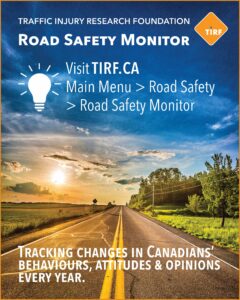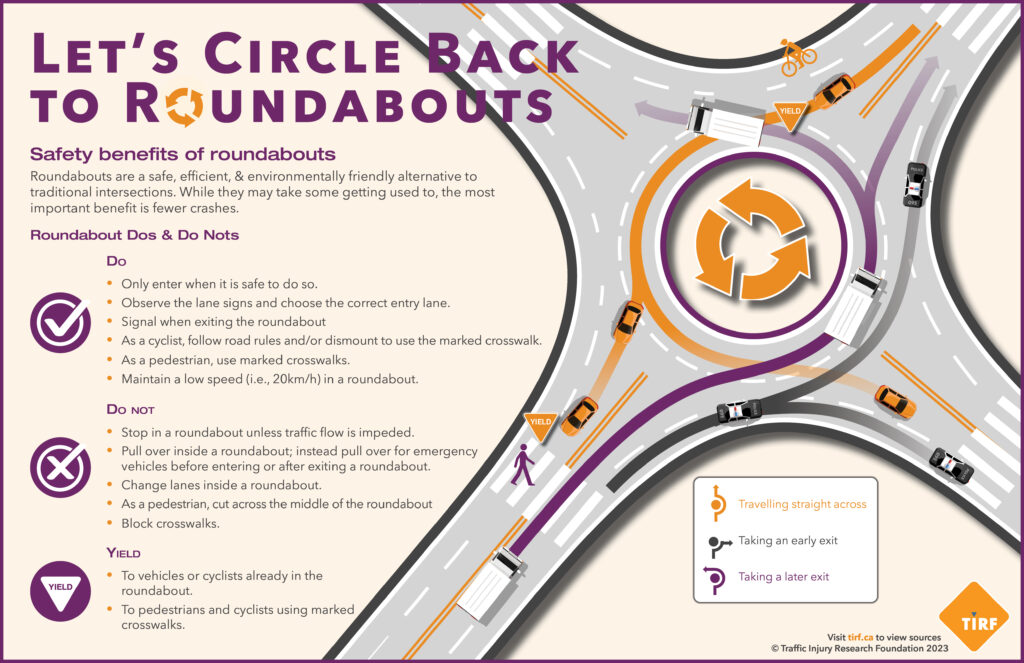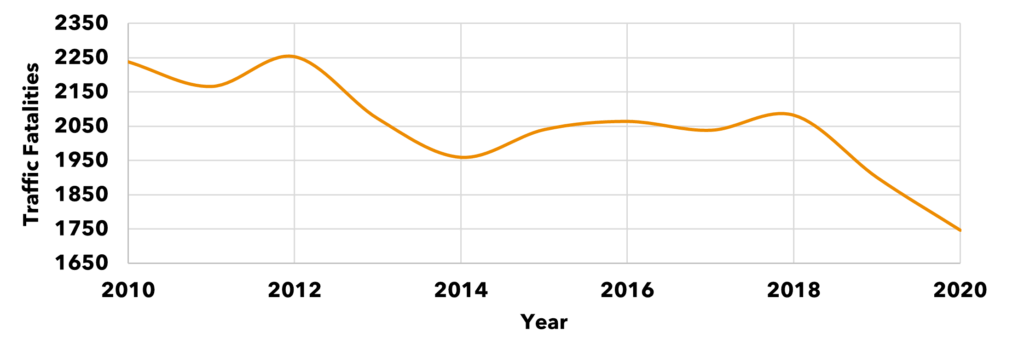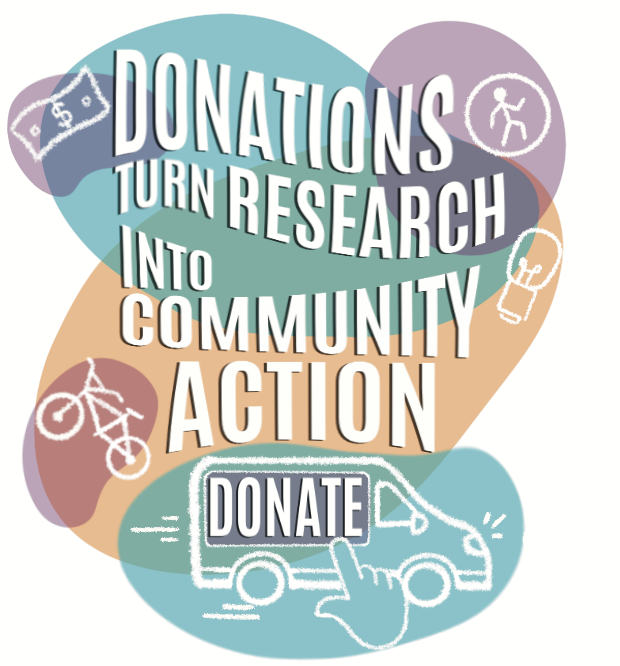
I have a new young driver in my house, and in addition to reflecting on my much higher insurance premium, I have been thinking about how the driving environment has changed since I learned to drive.
If you feel like the road is changing under your tires, it kind of is. Engineers and planners are improving the design of our roads to work better, smarter even. It’s not just a makeover, it’s intended to better protect everyone who uses the road, irrespective of how they travel. These changes are based on the Safe System Approach, a design philosophy that acknowledges human errors are inevitable and creates a transportation system that is more forgiving.
When I was my son’s age I’d never heard of a roundabout, seen a protected intersection, and could not have contemplated a situation where traffic would switch to the left side of the road and then return to the right side as is done at a diverging diamond interchange. As a (much younger) cyclist, I would have really enjoyed the protected bike lanes popping up in many cities.
In addition to these physical changes, technology is increasingly being used to make roads safer. Many cities are implementing cameras to enforce speed limits and reduce red-light-running. Even our cars are getting smarter, with increasingly automated features like automatic braking, lane-keeping assist and collision avoidance systems.
Saving lives
Here’s some good news. Roads in Canada are becoming safer. Between 2010 and 2020, road deaths declined by 22%, dropping from 2,238 fatalities to 1,746. That’s a big shift in the right direction.
One reason is the increased use of evidence-based strategies. Consider those roundabouts my younger self had never heard of. Studies have shown they can reduce crashes by up to 80% compared to conventional intersections. Diverging diamond interchanges? While still pretty new, studies have shown crash reductions of up to 60%. Automated speed enforcement produces lower speeds and fewer serious crashes. In fact, one major review showed fatalities and serious injuries were reduced by up to 44% near camera sites. That’s no small impact. These are just some examples of how these changes on the roads are making it safer for everyone.
Why personal choice still matters
With safer roads and vehicles and fewer road deaths it may be tempting to declare victory and simply wait for the day when fatal collisions are a thing of the past. But here’s the catch: better infrastructure and technology only goes so far. These changes can nudge us in the right direction and reduce risk, but it can’t make us act safely. Life and death still come down to the decisions we make behind the wheel (or handlebars, or shoes) every time we use the road.
Let’s be honest. We still see people speeding, driving distracted, and getting behind the wheel after drinking. These are only some of the risky behaviours that are still prevalent and it’s frustrating, especially because so many of the crashes that still happen today are preventable.

- In 2024, almost one in four (23%) drivers reported exceeding the posted speed limit by at least 20 km/h on highways.
- In 2024, 9% of drivers admitted driving after drinking over the legal limit in the past 30 days, which corresponds to approximately 1.3 million drivers.
- In 2021, more than one in 10 (14%) of drivers indicated they often talked on their handheld phone while driving, and 13% reported they often texted on their phone while driving.
These statistics are important because these choices to engage in risky behaviours do result in crashes. As evidence of this, TIRF has validated a significant correlation between the number of alcohol-related fatalities from TIRF’s National Fatality Database and self-reported drinking and driving when likely over the legal limit. In other words, an increase in self-reported drinking and driving among drivers who feel they were over the legal limit means more impaired driving deaths reported by coroners and medical examiners. Real world choices have real world consequences. The good news is we also have an opportunity to achieve better outcomes by making smarter choices today.
Yes, engineers are building smarter and more forgiving roads. Yes, police are using better tools to catch dangerous driving. Yes, vehicles themselves are getting better at preventing crashes. But these actions are only creating an environment that better helps us stay safe because risk will never be eliminated 100% and our own choices determine how close to this goal we can get.
Think of it this way: the safer road environment is like a seatbelt, it’s there to protect you. But it only works if you wear it properly. We still need to be responsible road users who pay attention and avoid risky behaviors.
A novel approach

Motivating drivers to drive safely can offer the proverbial carrot to the carrot and stick approach for influencing behaviour. If we want to continue to increase safety on our roads innovative approaches like this one will be key.
Wrapping it up: The roads and vehicles are smarter. Let’s be part of the safety equation, too.
We’re living through a period of big change in transportation. From redesigned roads to vehicles actively monitoring the road and helping avoid crashes, infrastructure and technology are working hard to protect us.
But all of that only works if we do our part. The most advanced roundabout won’t prevent a crash if someone blows through it at 80 km/h. A speed camera won’t prevent harm if a driver speeds up once they’re past. We need to meet these safety improvements with good choices and personal accountability. Let’s take a moment to appreciate how far we’ve come, and then ask ourselves what kind of road users we want to be.
#MySafeRoadHome blog author: Craig Lyon is a senior research scientist with the Traffic Injury Research Foundation (TIRF). He has a background in transportation engineering with a focus on road safety. Craig’s research interests are in the application of statistical analysis methods to understand the effects of the roadway, drivers and administrative policies on road safety.
References:
Delavary, M., Lyon, C., Barret, H., Vanlaar, W. G., & Robertson, R. D. (2024). Road safety monitor 2024: drinking and driving in Canada. Traffic Injury Research Foundation. Ottawa, Canada.
Lyon, C., Delavary, M., Cicchino, J., Hu, W., & Wolfe, D. (2024). Examining Automated Speed Enforcement Programs in Canada.
Robertson, R. D., Simmons, S., Woods-Fry, H., Vanlaar, W. G. (2022). Road safety monitor 2021: distracted driving attitudes and practices. Traffic Injury Research Foundation. Ottawa, Canada.
Related topics:
 |
 |
 |
 |






